It looks like several of the world’s top-paid sportswriters have jumped in their hot tub time machines and headed back to 2008. That’s about the only explanation for this recap of a panel from the Shirley Povich Symposium, featuring Michael Wilbon, Tony Kornheiser and Christine Brennan ignoring the modern journalism world in favor of a bunch of nostalgic pining for a supposed golden age.
Some selected highlights:
Tony Kornheiser, the co-host of ESPN’s “Pardon the Interruption,” noted the shift in journalistic roles, saying, “There’s a lot of people who sit around and they wait for somebody else to report something. And then they lay back in the weeds, and when your head comes above the water line, they shoot you. And that passes in many cases for journalism.”
Moderator Maury Povich, a famed talk show host and the son of Shirley Povich, provided websites such as Awful Announcing, Deadspin and Barstool Sports as examples of the journalism Kornheiser described.
Mike Wilbon, Kornheiser’s co-host on “Pardon the Interruption,” gave a hypothetical example to make the same point.
“What bugs me now is that people is that people sit in their mother’s basements and write this crap and they don’t have any knowledge of what is going on in that place, and it’s too easy to get it,” Wilbon said. “You can go to a game, you can go to a locker room. The only reason to read this stuff is to tell people why something happened, and if you’re not there, and you can’t tell me why it happened, I don’t care about all your advanced analytics and all the other things you concoct.”
Christine Brennan labeled the practice “hit and run journalism” because the authors of the critical content don’t face the consequences a beat writer might after writing something negative about the team they cover. The “fly by night” authors don’t have to worry about athletes freezing them out in the future because they don’t need to maintain contact with them in order to write stories about them. Brennan said the style of reporting cannot last, and that it will be the hardworking journalist who will eventually win out in the long run.
There’s so much here that’s absurd that it’s hard to cover it all, (on the bright side, at least AA got a shout-out from lie detector wizard Maury Povich) but let’s start with Wilbon and the “mother’s basements.”
These kinds of clichéd ad hominem attacks on bloggers go back to 2002, were dumb in 2008, and seemed passé and only made by marginal figures in 2012, so it’s remarkable to see them still coming from people with these kinds of profiles three years later. Wilbon’s disregard for analytics is also notable, considering, you know, that’s something his company’s significantly invested in. Moreover, he wants sports pieces to tell people “why something happened.” That’s funny, as analysis pieces (which don’t even have to be focused on advanced stats) tend to explain a lot more than straight reporting of the non-answers athletes and coaches give in press conferences, and those who write them tend to have a much greater understanding of the game and how to explain it than Wilbon does, despite all his time in arenas and locker rooms. Three of the leaders in that sort of analysis, Zach Lowe, Bill Barnwell and Chris Brown, were co-workers of a sort with Wilbon until last month, and they’ve produced as much compelling content as anybody in recent years.
The really hilarious thing here, though, is that it’s Wilbon criticizing analysis in favour of reporting. Meanwhile, he and Kornheiser (who we’ll get to in a minute) are doing very little in-person reporting and writing these days. Instead, they’re dropping their daily quick take analysis on PTI, and generally doing so without the benefit of analytics. It’s amazing to see someone who gets paid mostly for personality-based remote analysis (and not particularly informed remote analysis) instead advocating for stories with no opinions or analysis, just quotes. Even Alanis thinks that’s ironic. Wilbon is becoming the Buzz Bissinger of 2015, just with less leather pants.
As for Kornheiser, he seems to be conflating several things. Waiting for someone else to report something and then analyzing it doesn’t equate to shooting whoever’s head pops up. In fact, waiting for someone to report something and analyzing it is practiced by many traditional media these days, considering that so many important sports stories are broken by a few big-name national insiders: Adam Schefter, Adrian Wojnarowski, Jay Glazer et al. Most of the analysis isn’t shooting anyone; it’s breaking down what a particular story means. His complaint about shooting heads that pop up seems more like a diatribe against media criticism (and probably particularly one against criticism of him), but that doesn’t really have a lot to do with waiting for someone else to report something. In fact, many of the real critical pieces come from first-hand observation of a media personality saying something dumb on a broadcast or show.
Brennan’s “hit and run” journalism line is hilarious too, as it’s also parroting a defense many traditional media have offered of the value of being in the locker room and the lack of insight anyone not there has, which ignores traditional media as well as new ones. It’s not just mothers’ basements-dwelling bloggers who aren’t in a particular locker room on any given day; it’s also national columnists and analysts, including Brennan, Kornheiser and Wilbon. And yet, it’s as if she’s arguing “real journalism = preserving good relationships with subjects to maintain access.”
Take a look at Brennan’s USA Today archive page (which seems really outdated, for some reason): it includes critical columns on Jameis Winston, Greg Hardy and Ray Rice. None include comment from the player or their representatives, or comment from the locker room in question. They don’t need to, but Brennan’s body of work refutes what she’s saying here; she’s criticizing from afar (often in ludicrous ways; consider her condemnation of A-Rod as a TV analyst based on his playing career, part of her long history of going after him) and then bashing others who do the same thing. Also, one of the few recent columns linked there involves her using information obtained and published by one of those lousy “hit-and-run” sites, Deadspin, to advocate for kicking Greg Hardy out of the NFL. So, you know, it would really be a better world if sports journalism was only produced by beat reporters in locker rooms who feel a need to stay on athletes’ good sides. At the least, there would be less column fodder for Brennan.
Fortunately, there was at least one sane person on that panel, Washington Post columnist Sally Jenkins, who pointed out the value of coverage from a distance and the conflicts of interest it can help avoid:
I think it’s important though to point out that some of these Internet outlets that we’re calling ‘fly by night’ have…kind of kept mainstream sports media a little bit honest,” Jenkins said. “I mean, let’s face it, the Deflategate story in the NFL is a bit of collusion between mainstream beat writers and the NFL…The ESPN-NFL partnership means that certain stories don’t get reported [like] they probably should be in some ways.”
Again, consider ESPN, the employer of Wilbon and Kornheiser. They opted to part ways with both Bill Simmons and Keith Olbermann this summer, and NFL criticism from those two (and the supposed scheduling retribution from the league) weighed into those decisions. But hey, it’s a great thing that ESPN got rid of those guys; they were commenting from a distance, so they must not have had any insight into what’s going on. Unlike reliable reporters such as Chris Mortensen.
These three writers are still trying to put blogging and analysis genies back in the bottle, fighting a battle that has already been decided long ago. Meanwhile, the rest of the world has moved on as many mainstream media companies have embraced blogging and other forms of new media. They can say what they want about the current media landscape, but their comments are making it more and more clear it’s they who don’t fit in it as well as the bloggers and analysts in 2015. These outdated, foreboding perspectives are so far out of the loop on this issue that it’s hard to fathom, especially considering that Wilbon, Kornheiser, and Brennan have routinely practiced the kind of the new and scary sports journalism they are all preaching against.

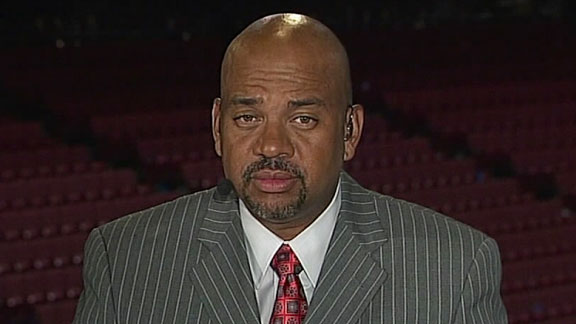
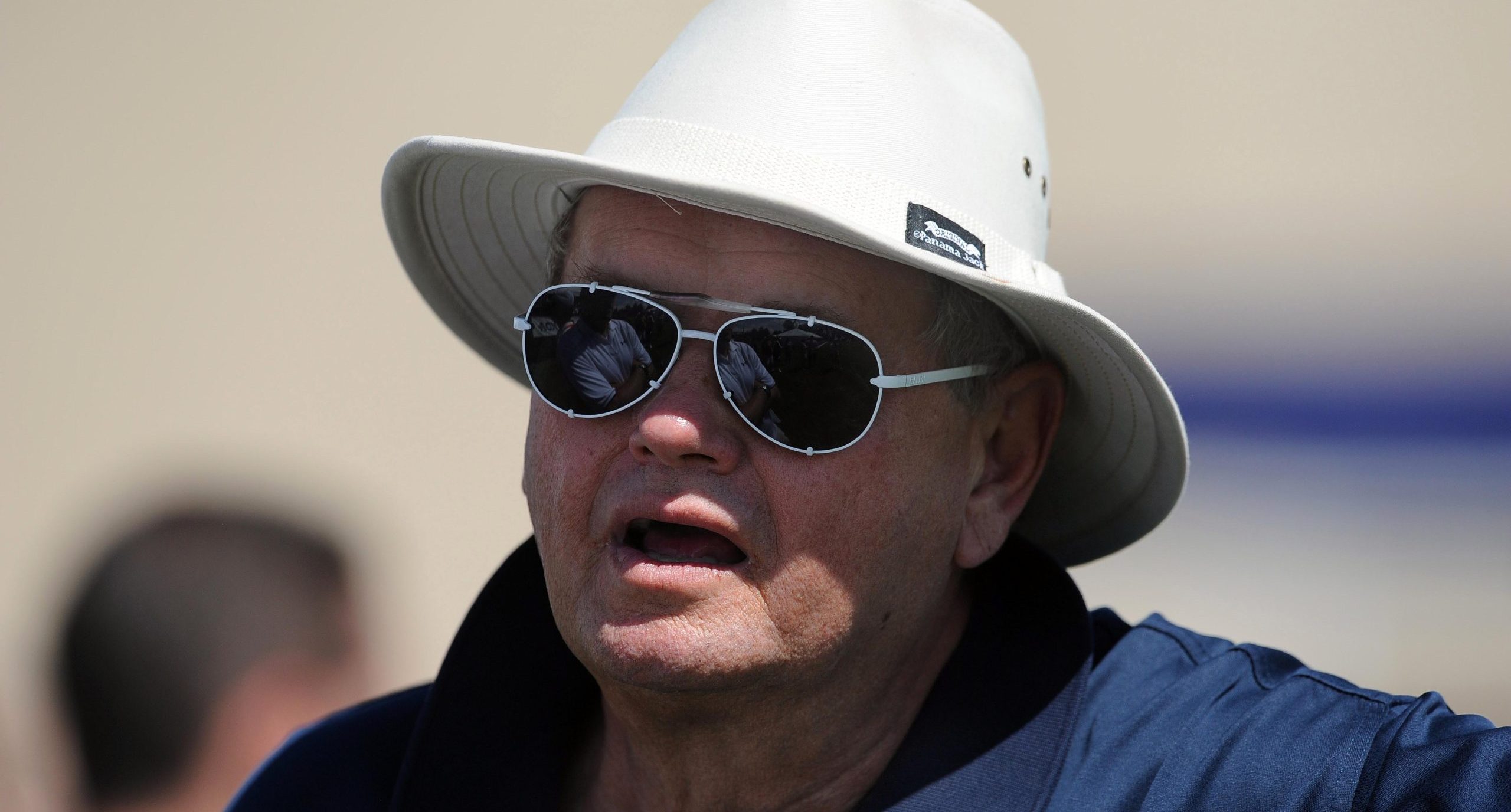
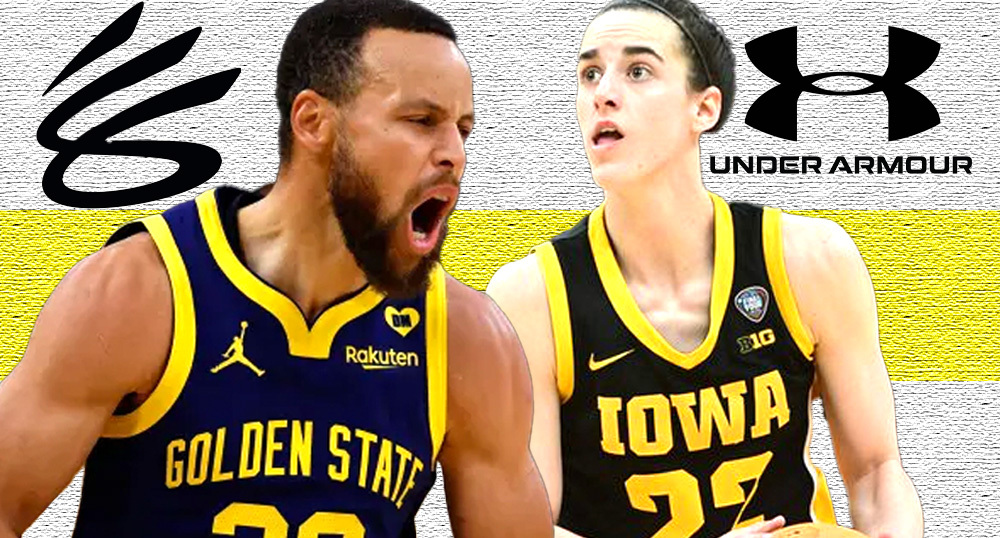

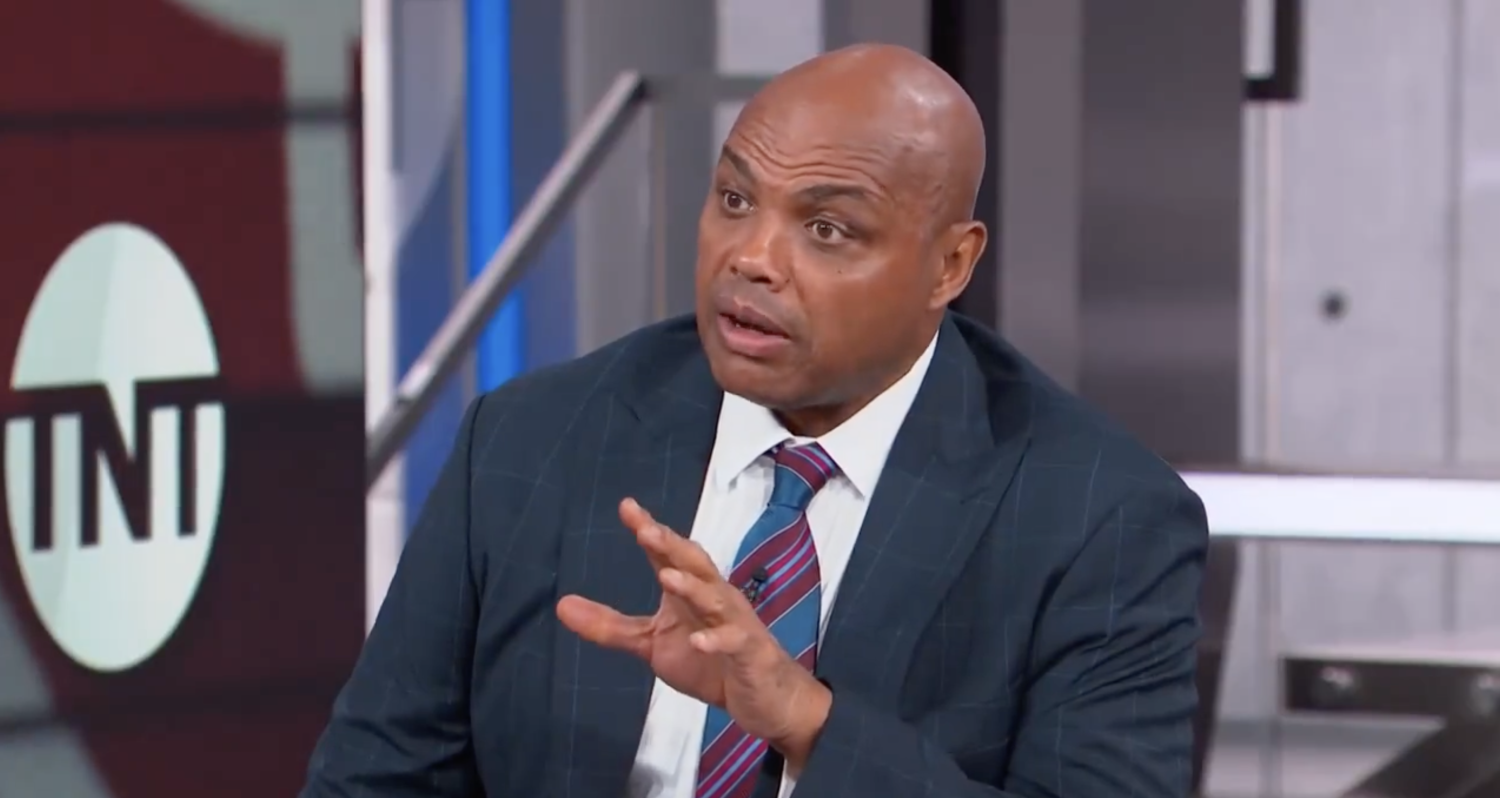
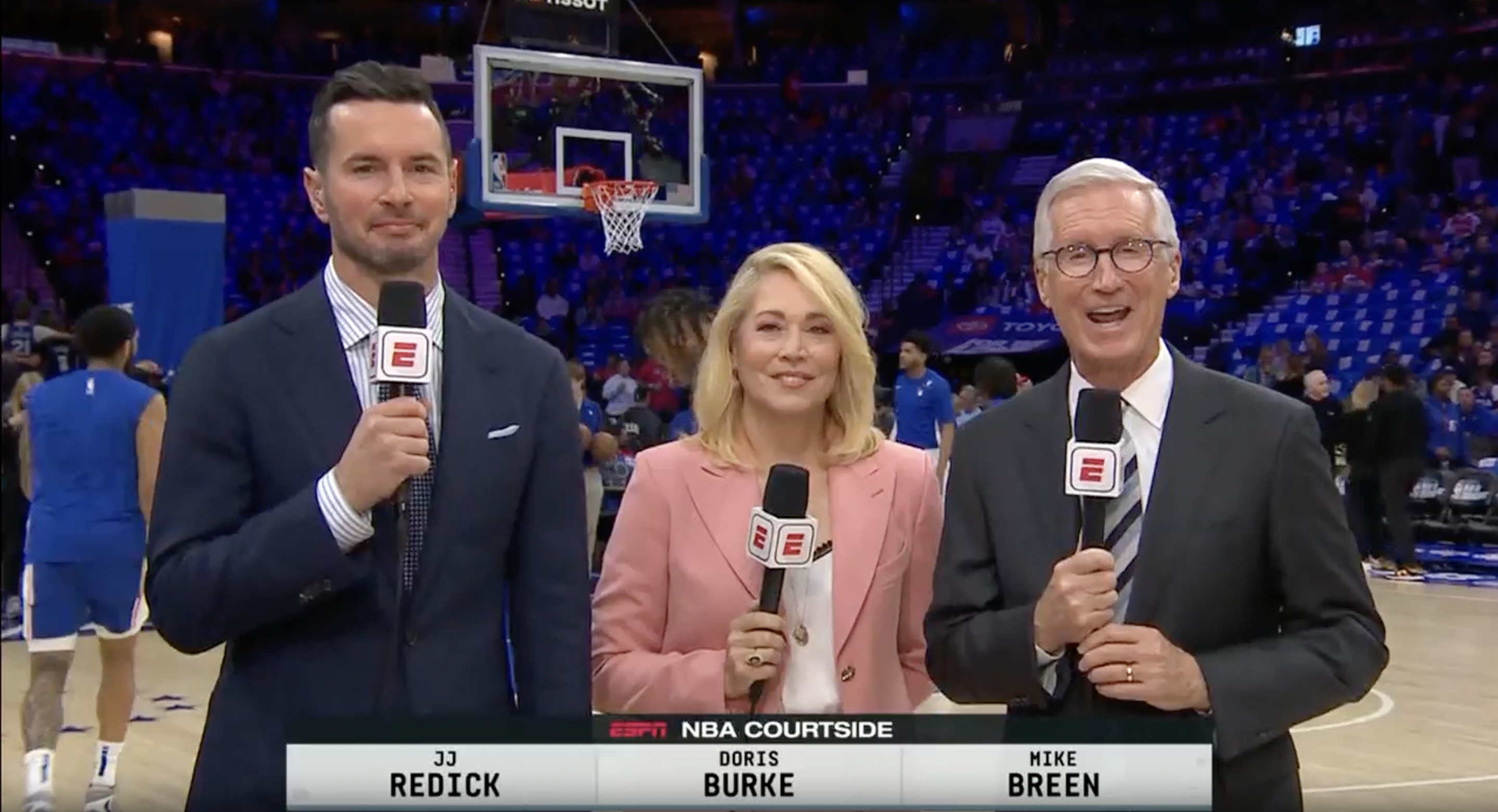
Comments are closed.